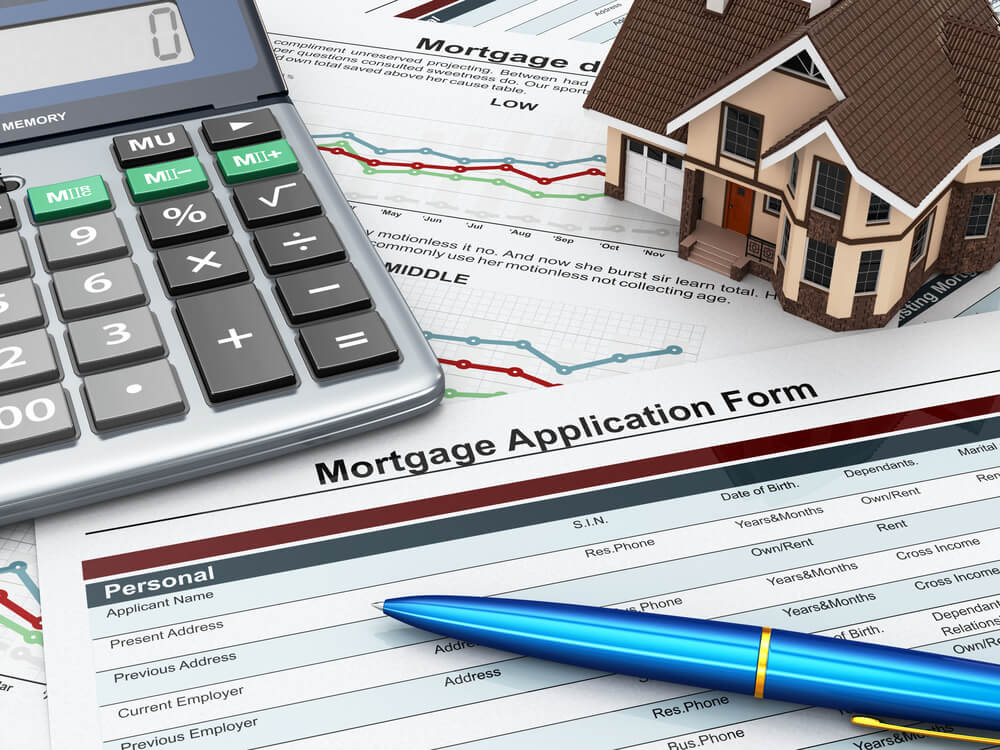Choosing the Right Loan Term
You’ll probably be surprised at the number of choices you have to make once you decide to buy and finance a home, and deciding on the right loan term is important. When searching for that perfect property there are several things to consider. Some buyers have certain requirements while others could care less about those same features. For example, let’s say you’re a growing family and you want to get into a good school district. That’s a priority. You know the good districts because you’ve done your homework and start looking for homes in “blue ribbon” public school systems. Other choices might be about the commute to work or street traffic. There’s a lot to consider.
Know Your Options
When it’s time to apply for a home loan, more choices are ahead. You’ll need to think about getting a fixed rate or an adjustable-rate loan in the form of a hybrid mortgage. Hybrids provide slightly lower start rates than a fixed but after an initial period of say three or five years of a rate that doesn’t change, it turns into a loan that can adjust one every six months or once per year.
One other choice you’ll need to make is the term of your loan. The loan term will have a direct impact on not only what your monthly payments will be but also how much interest you’ll be paying your lender. The most common loan term today is 30 years. Lenders offer loan terms from 10 to 30 years in five-year increments. Most options include a 10, 15, 20, 25 and 30 year term. The reason the 30-year term is the most popular is because the monthly payments are lower, boosting buying power.
Loan Term Differences: How it Works
Let’s look at a $300,000 loan with a 30 year term at 3.75% and a 3.50% 15 year rate. These are the two most popular fixed rate terms.
Payment
30 year $1,389
15 year $2,181
Over the course of each loan, how much interest is paid to the lender?
Interest
30 year $200,040
15 year $ 92,580
That’s quite a difference, isn’t it? The monthly payments for the 30 year are almost $800 lower but the amount of interest paid over the life of the loan is more than $100,000 lower with a 15 year term. When consumers look at these two choices it might seem obvious that picking the 15 year will save money over the long term but sometimes the associated higher monthly payments means they can’t afford to buy the home they want with the shorter term, so they choose the 30 year loan.
But don’t forget, there are other options- 10, 20 and 25 year terms. Here’s what the payments and interest paid look like with these choices:
Payment Interest
10 year $2,966 $ 55,920
20 year $1,720 $112,800
25 year $1,542 $162,600
Takeaway
It’s evident the shorter term has a higher payment but if someone doesn’t want a 15-year term because of the higher monthly payment then perhaps a 20 or 25-year term would work. By reviewing all available loan terms with your loan officer, you can strike a balance between a comfort level and long term interest savings.



